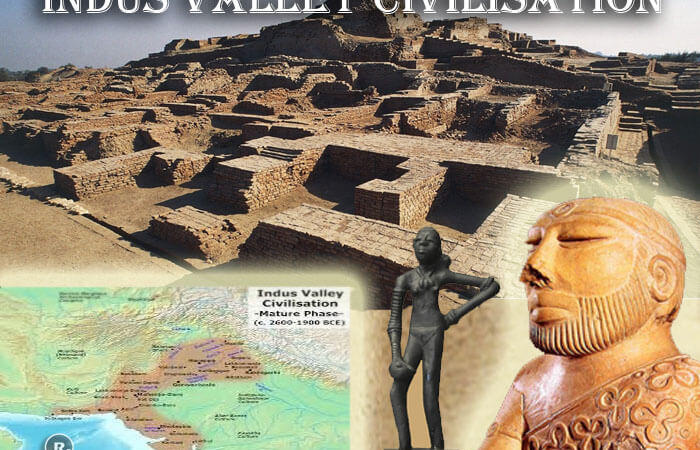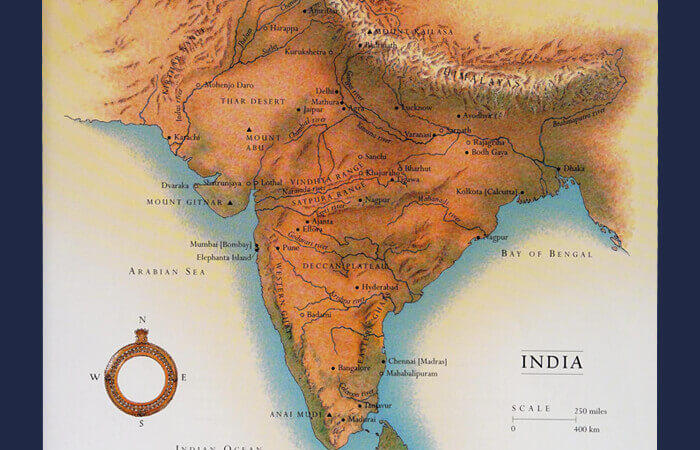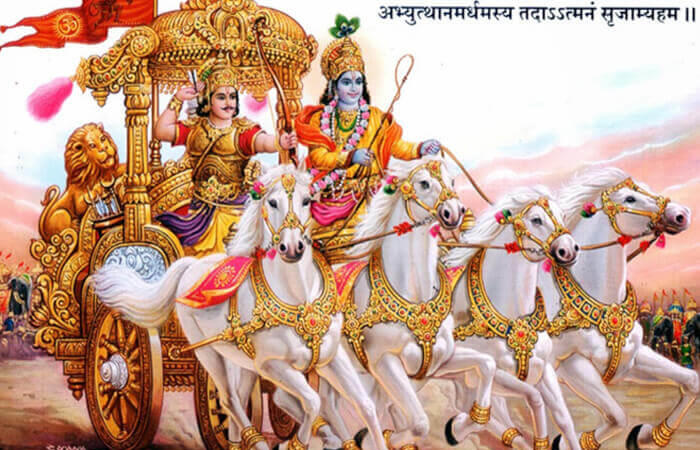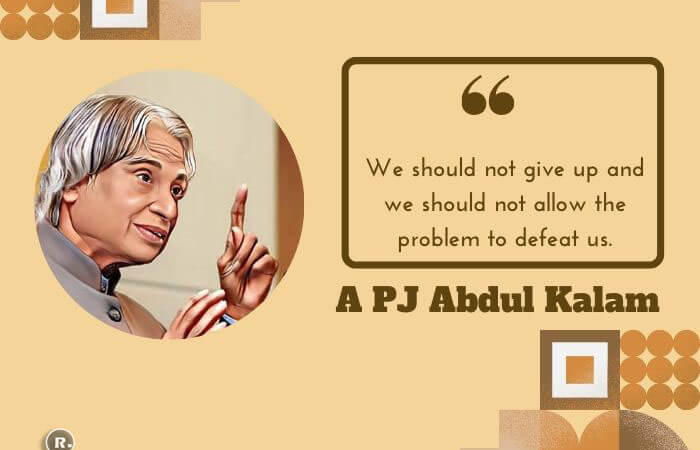History Of Ayodhya Ram Janam Bhoomi
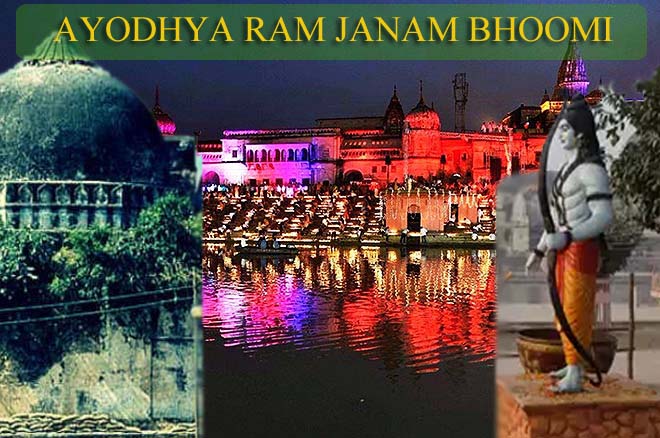
It is written in the Ramayana scripture that the place where the Babri Masjid is located in Ayodhya (Uttar Pradesh) was the place where Lord Sri Rama, the seventh avatar of the Lord Vishnu was born. And according to the same belief, it is also said that there was a Hindu temple at that place that was demolished by the Mughals who built a mosque at the same place.
This place in Ayodhya is under conflict between Hindu and Muslim since long as Hindus consider it to be a site of Rama’s birthplace, while Muslims consider it to be a site for Mosque where Babri Masjid once stood.
According to history the Mughal emperor Babur ordered the demolition of the Hindu shrine and constructed a mosque in its place.
Therefore, there has been political, historical, and socio-religious controversy over the location and history of Babri Masjid and Ram Temple. Hindu religious associations claim that the Ram temple was built in Ayodhya in the 10th-11th century.
But Muslim religious groups believe that in 1528, the first emperor of the Mughal Empire, Babur General Mir Baki, built a mosque at that place in Ramkot under the guidance of Moses Ashikan, and he named the mosque after Babur. He has shown there that the mosque is built on Babur’s spades or in Babur’s honor.
Suggested Read: Rama Avatar
On 19 January 1885, Hindu Mahant Raghubir Das placed the matter for the first time in front of Faizabad Judge Pandit Hari Kishan. In that case, it was said that a temple should be built on the site of the mosque because that place is the birthplace of Lord Shri Ram. This was the first time in this case when the dispute reached the court.
On December 22, 1949, statues of Lord Shri Ram and Mother Sita first appeared in Babri Masjid. After that, the Waqf Board claimed that the land belongs to them. Hindu people also filed a case against him, due to which the government had to declare the place as ‘disputed place’ and close that place.
In 1984, the Vishwa Hindu Parishad and BJP started a movement to build the Ram Janmabhoomi temple in the religion.
When Rajiv Gandhi’s government was running in the country, on February 11, 1986, the Faizabad District Judge decided that the disputed place should be made open to the Hindus.
Therefore, in 1989, Vishwa Hindu Parishad and other Hindu organizations started construction of the temple at a distance of 192 feet from the mosque. The very next day, Harijan and Kameshwar Chaupal of Bihar carried on that work.
Suggested Read: Shri Ram Chalisa
So in 1992, some Hindu nationalists demolished the Babri Masjid and built a new temple there, due to this incident, there was an atmosphere of violence in the whole country and riots started on all sides. And since then archaeological excavation work has started. In that excavation, one thing came to the fore that there was evidence of the temple below the remains of the Babur Mosque.
To resolve this dispute, this Ram Janmabhoomi, and Babri Masjid case was now filed in the Supreme Court.
On September 28, 2010, the Supreme Court approved the decision of the High Court on the dispute which had been going on for the last 60 years. Accordingly, on 30 September 2010, a special bench of the Allahabad High Court decided to give two-thirds of the Land of Ayodhya to the Hindu side and one-third to the Sunni Waqf Board.
But in December 2010, the Hindu Mahasabha and the Sunni Waqf Board demanded the Supreme Court against this decision of the High Court. They said that the decision was taken on faith and not on the basis of any evidence.
In May 2011, the Supreme Court stayed the decision of the High Court to divide the land into three parts and said that the situation will remain the same.
Suggested Read: 10 Ramayana Places In Sri Lanka
Further, on 21 March 2017, the Supreme Court said that building Ram temple in Ayodhya is a ‘sentimental issue’. This means that the Supreme Court will try to resolve the matter at the earliest.
Since August 6, 2019, the dispute was heard in the Supreme court daily for 40 consecutive days. On 16th October after the hearing of both sides, the five-member constitution bench reserved its decision. On November 9th the Supreme Court backed the construction of Ram temple at the disputed site and ordered a five-acre plot will be allotted to the Muslims for a mosque in Ayodhya.
The Shri Ram Janmabhoomi Teerth Kshetra trust began the first phase of construction of the Ram Temple in March 2020. The Indian Prime Minister Narendra Modi performed Bhoomi Pujan and laid the foundation stone of the Ram Temple in Ayodhya on August 05, 2020.
Suggested Read: Shri Rama Navami

